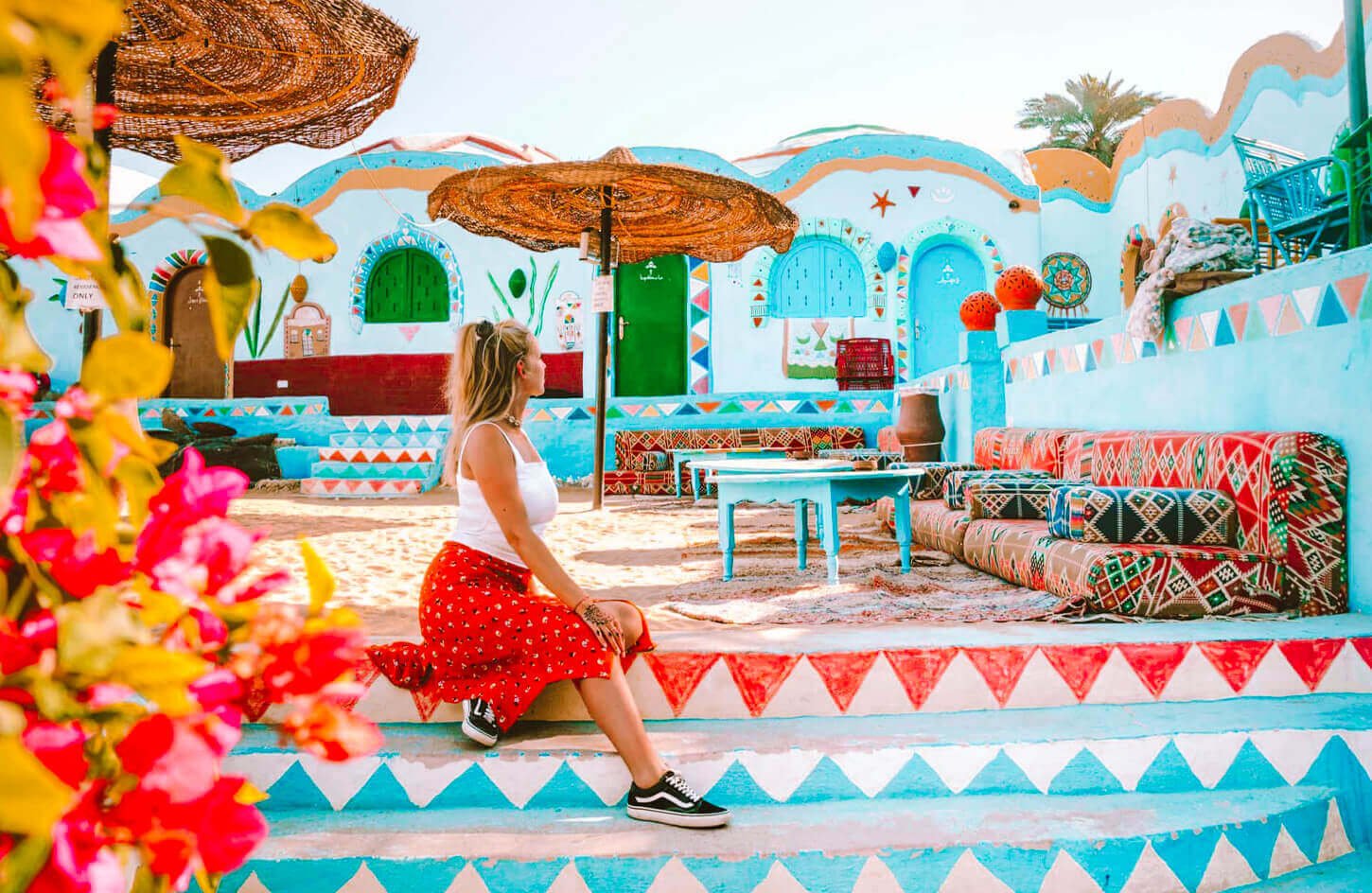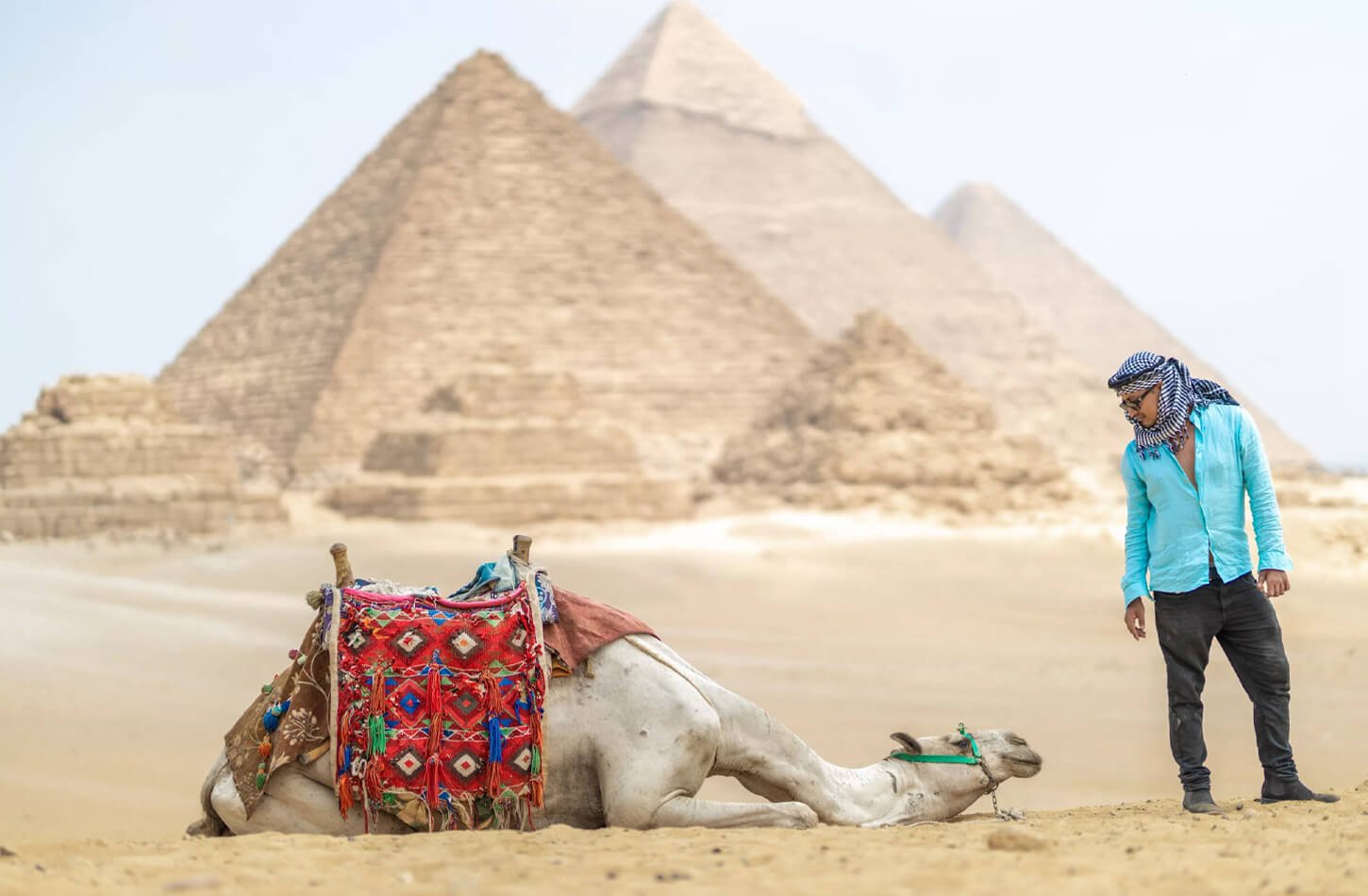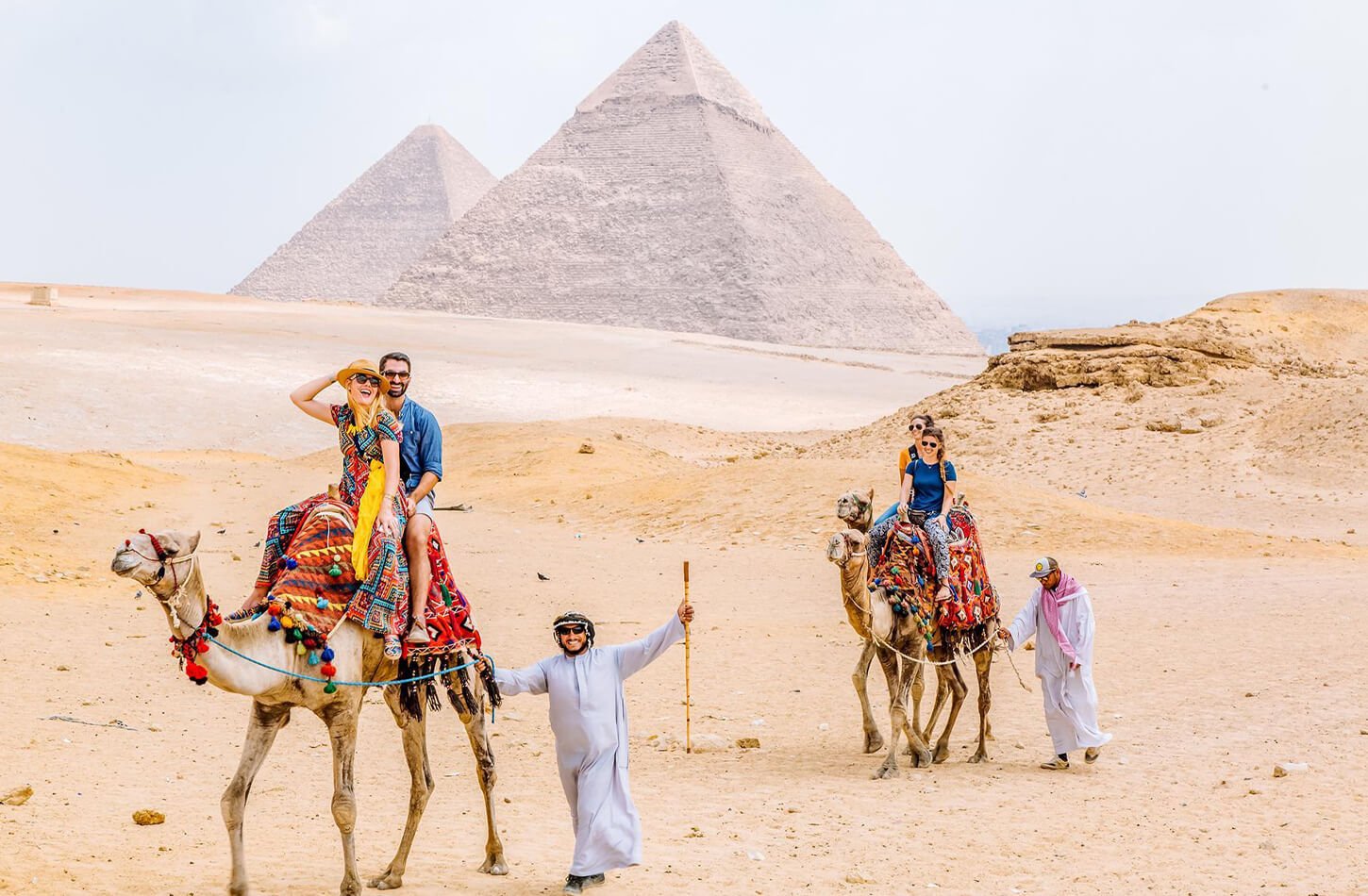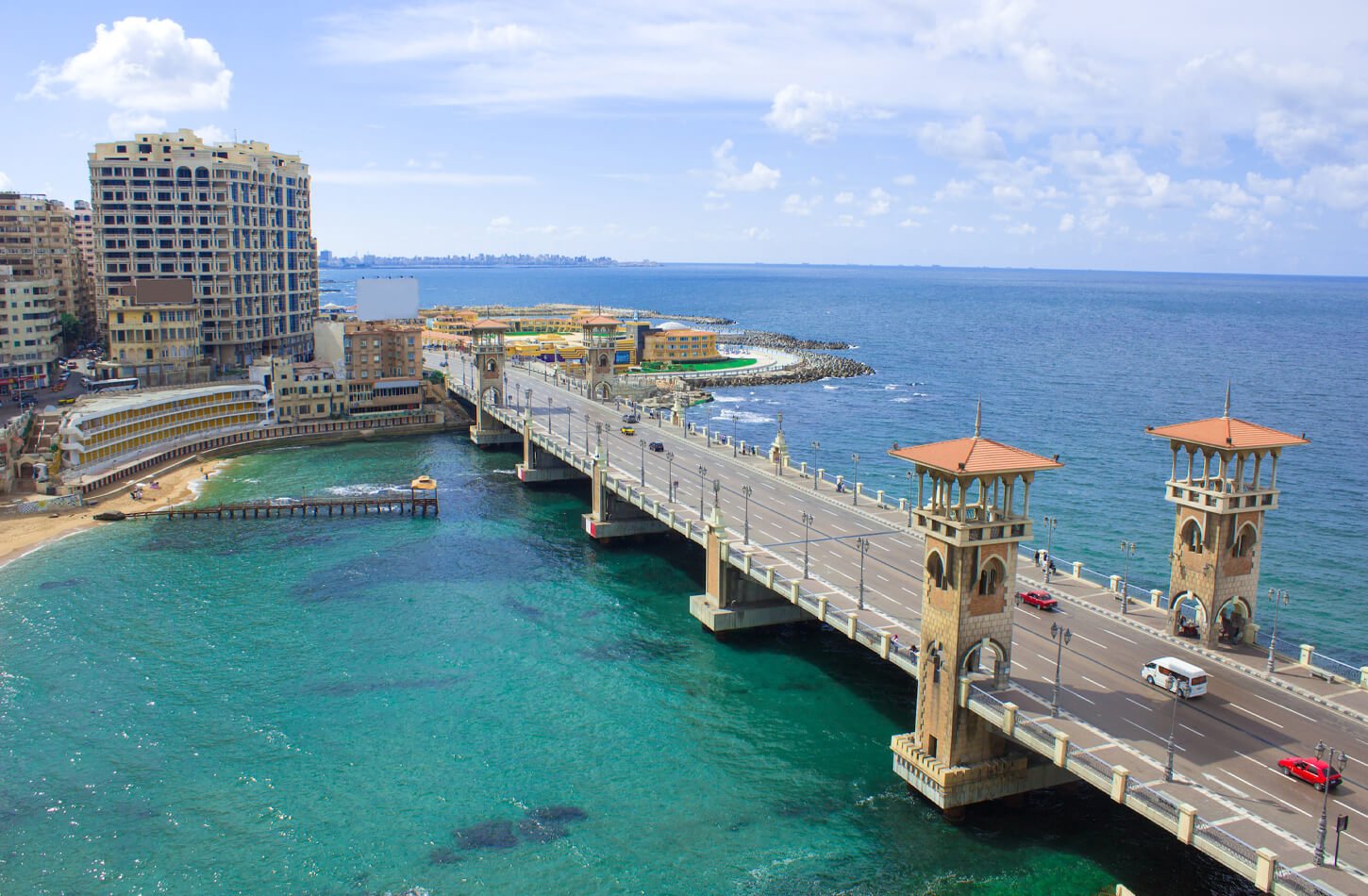Planning a trip to Egypt starts with its wonders. You’ll see the Pyramids of Giza and ancient tombs in Luxor. Egypt’s history is long, but it’s easy to visit today.
A $25 USD visa lets you explore for 30 days. You can see 262,800 square miles of different landscapes. From the Western Desert to the Nile’s banks, there’s a lot to see.
Many ask: Is Egypt safe? After a drop in tourism, visits went up by 2018. Now, you can see famous sites without crowds and stay affordably.
This guide helps with visas, flights, and cultural tips. For example, tip 5-100 LE for good service. You can take a 2-hour train to Alexandria or a 3-day Nile cruise.
Whether you go on a tour or plan your own trip, we’ve got you covered. We’ll help with visa costs and show you hidden spots like Saqqara’s Tomb of Mehu. Let’s make your Egypt trip smooth and unforgettable.
Understanding the Best Time to Visit Egypt
Planning your trip around the right dates ensures comfortable adventures and memorable experiences. Here’s how to pick the best time to visit Egypt based on weather and crowds.
Weather Patterns and Seasonal Considerations
- October to April: Enjoy mild temperatures (65°F–85°F) ideal for sightseeing. Summer (May–September) often hits 100°F+, making outdoor activities tough.
- Winter (December–January) averages 66°F–95°F in Cairo, while Luxor’s highs can still reach 106°F in peak season.
- Coastal areas like Alexandria stay cooler, with rare winter rain (2” max in Jan/Dec). Desert regions see no rain year-round.
Tourist Seasons and Crowd Levels
- Peak season (Dec–Feb): Crowds surge, with Orthodox Christmas (Jan 7) being a big time. Expect higher prices but manageable heat.
- Shoulder months (Oct–Nov, Feb–Mar): Fewer tourists, moderate costs, and perfect weather for exploring Cairo’s pyramids or Luxor’s temples.
- Off-peak (May–Aug): Avoid midday heat, but enjoy lower rates. The Red Sea’s beaches stay pleasant in June–Sept for diving.
Regional Climate Variations
- Coastal areas (Alexandria): Milder winters with occasional rain. Pack layers for evenings.
- Upper Egypt (Luxor/Aswan): Extreme summer heat (over 100°F). Visit between Nov–Feb for cooler temple tours.
- Red Sea resorts (Hurghada/Sharm El-Sheikh): Ideal beach months are Oct–Nov and Mar–Apr. Water temps hit 80°F+ in summer for diving.
Using these Egypt travel tips, you can balance comfort, costs, and crowds. Prioritize winter for Cairo’s museums or spring/autumn for Luxor’s sunrises over the Nile.

Essential Documents and Entry Requirements for American Travelers
Follow these Egypt travel tips for a smooth entry. Make sure your passport is valid for at least six months and has two blank pages. You must get a visa before you arrive. Choose the $25 e-Visa from Visa2Egypt or pay cash at places like Cairo or Luxor airports.
Be careful not to use fake sites to avoid scams.
- Visa Details: Get a 30-day single-entry visa online. If you get it at the airport, bring USD cash. Visa fees are not refundable and can’t be extended in Egypt.
- Currency Preparations: Get Egyptian pounds when you arrive. Avoid high fees at foreign exchange bureaus abroad. Use ATMs in big cities for better rates.
- Health and Safety: The U.S. State Department warns against travel to North Sinai and remote areas. Stay in places like Sharm El-Sheikh and Luxor. Carry Hepatitis A vaccine records as health experts suggest.
- Medical Insurance: Buy insurance that covers emergency evacuations. Many tour operators need proof of insurance for activities.
- Medication Rules: Keep all drugs in their original packaging. Bring English translations of prescriptions for controlled substances like painkillers.
As part of your planning a trip to Egypt guide, check travel advisories 30 days before you go. Don’t exchange currency abroad and check your visa status through official channels. Stay updated on security news for a worry-free trip.
Creating Your Perfect Egypt Travel Itinerary
Starting your Egypt travel itinerary means choosing between highlights or adventures. These options help plan your Egypt vacation. They balance must-see sites with your likes.
7-Day Classic Egypt Itinerary
- Cairo (3 days):) See the Pyramids of Giza at sunrise. Visit the Grand Egyptian Museum’s Tutankhamun artifacts. Walk through Khan el Khalili Souk. The Egyptian Museum’s Royal Mummies’ Hall is a deep dive into pharaonic history.
- Luxor (3 days:) Cruise Nile feluccas at sunset. Tour Valley of the Kings tombs. Walk between Karnak Temple’s towering columns.
- Aswan (1 day:) Visit Philae Temple’s island sanctuary. Sail to Elephantine Island for Nubian culture. Return to Cairo for departure.
14-Day Comprehensive Egypt Journey
Stay longer to include:
- A 3-day Nile cruise from Luxor to Aswan, passing Edfu and Kom Ombo temples.
- Abu Simbel’s colossal statues (reachable via flight from Aswan).
- Day trips to Saqqara’s Step Pyramid or Alexandria’s Bibliotheca.
Regional Itineraries: Beyond the Classics
- Western Desert: Trek the Black and White Deserts, camp under starry skies.
- Red Sea Coast: Snorkel in Sharm el-Sheikh or Dahab’s coral reefs.
- Siwa Oasis: A 8-hour drive from Cairo offers desert oases and Berber culture.
Customizing Your Route
Make your Egypt travel itinerary match your interests:
- History Buffs: Add Dendera Temple or the Egyptian Military Museum in Cairo.
- Adventurers: Desert safaris in the Sahara or a felucca ride down the Nile.
- Relaxers: Combine Luxor’s Karnak Temple with a Red Sea beach day.
Use flexible transport for your Egypt vacation planning. Domestic flights save time, while trains offer scenic views. Start early at Giza to avoid crowds and heat.
Transportation Options Within Egypt
Choosing the right transport in Egypt makes your journey smooth and stress-free. Whether you’re rushing between cities or exploring local neighborhoods, smart choices are key. Your Egypt travel tips or Egypt trip planner can make a big difference.
Domestic Flights vs. Train Travel
- Flights: Egypt Air connects Cairo to Luxor (1 hour) and Aswan (1.5 hours). Book early for flights costing $50–$100 one-way. Sleeper trains take 10–14 hours and offer scenic views. Trains from Cairo to Luxor cost $15–$50, depending on class.
- Train Tips: Overnight sleeper trains run nightly. First-class cabins are pricier but quieter. Note: Rail accident rates are higher, so check updated Egypt trip planner advisories before booking.
Navigating the Nile: Cruise Options
- Three-day cruises between Luxor and Aswan cover 200km, visiting temples like Karnak and Abu Simbel. Deluxe cruises include all meals and guided tours.
- Traditional Options: Dahabiyyas (wooden boats) offer intimate groups of 10–20 guests. Feluccas rent for sunset trips or overnight journeys along the river.
- Accessibility: The M/S Amarco cruise ship provides wheelchair access with lifts and adapted cabins.
Local Transportation Tips
- Taxis: Always use metered rides. Airport taxis to Cairo city cost $4 (EGP 200). Avoid unmarked cars—use ranks near terminals.
- Buses: Deluxe buses (Go Bus) have more space; regular buses are cheaper but crowded. The 400 and 1138 routes run every 30 minutes from Cairo Airport.
- Driving: Rent a car at Cairo Airport with agencies like Avis or Budget. International licenses are required. Rural roads can be bumpy—plan extra time.
- Accessibility: Egypt National Railways now offers ramps and priority seating. Always confirm availability when booking tickets.
For rural areas, microbuses (micros) fill gaps but require patience—they depart when full. Always carry small cash (EGP 5–10) for fares. Check schedules at stations, as buses and trains follow six-month timetables.
Budgeting for Your Egypt Vacation Planning
Planning a trip to Egypt starts with knowing costs. You can enjoy Egypt without spending too much. Here’s a breakdown to help you budget:
- Accommodation: Dorm beds start at $5/night. Private rooms cost $15-$20. Luxury hotels may reach $500/night in major cities.
- Food: Street food averages $1-2 per meal. Mid-range dinners cost $10-15. A full day’s meals can stay under $7.94.
- Transport: Domestic flights start at $73 round-trip. Trains from $10-$110. Taxis can be negotiated down 50% with haggling.
- Attractions: Pyramids entry $20. Cairo Pass saves 50% on 30+ sites. Nile cruises range $80-300/night.
Average daily budgets vary by preference:
- Budget travelers: $30-35/day including hostels and street food.
- Mid-range: $50-100/day for hotels and mid-tier dining.
- Luxury: $200+/day for 5-star stays and private tours.
Save smart: Use combo tickets like the Cairo Pass, eat at local koshari joints ($1 meals), and book trains early. With average monthly costs starting at $568 for solo travelers, Egypt is very affordable. Always carry cash for tips (5-10% standard) and haggle politely. Your Egypt vacation planning can stay budget-friendly with these insights!
Must-See Historical Sites and Top Attractions in Egypt
Exploring Egypt means diving into history and natural beauty. You’ll see ancient marvels and hidden oases. Here’s how to enjoy your trip:
Pyramids and Ancient Monuments
- Pyramids of Giza: See the Great Pyramid of Khufu, the only Wonder of the Ancient World left. Also, check out the Sphinx and the Solar Boat Museum.
- Saqqara and Dashur: Find the Step Pyramid of Djoser and the Bent Pyramid. They show early architectural tries.
- Luxor’s Valley of the Kings: See tombs of pharaohs like Tutankhamun. They are full of colorful hieroglyphics.
Museums and Cultural Treasures
- Egyptian Museum in Cairo: See King Tut’s gold mask and 120,000 artifacts. The new Grand Egyptian Museum will have even more.
- Coptic Cairo: Visit 4th-century churches, like the Hanging Church. They show early Christian history.
Natural Wonders
- White Desert: See chalk-white rock formations made by wind.
- Red Sea Coast: Dive or snorkel in vibrant coral reefs and marine life.
- Siwa Oasis: Relax in hot springs and explore mud-brick villages away from crowds.
Hidden Gems
- Medinet Habu Temple: A lesser-known New Kingdom temple with detailed carvings.
- Valley of the Workers: See the village where artisans made Luxor’s tombs.
- Nubian Village (Aswan): Experience traditional lifestyles and crafts by the Nile.
Visit in Egypt’s mild weather (September–April) to avoid summer heat. Every moment here tells a story. Plan well and let history come alive.
Comprehensive Planning a Trip to Egypt Guide: Month-by-Month Preparation
Follow this step-by-step timeline to ensure your Egypt trip runs smoothly. Start 12 months ahead and work backward using this planning a trip to Egypt guide to avoid last-minute stress.
- 12-6 months before:
- Research ideal travel months: December-February for mild weather or September-November for fewer crowds.
- Book flights early for savings—budget trips start at $500 per person, while luxury options may reach $3,000.
- Begin saving for expenses like Nile cruises (e.g., M/S Nile Style for mid-range comfort) and visa fees.
- 4-6 months before:
- Renew passports (6 months validity required). US travelers apply for e-visas online; Canadians must visit embassies.
- Secure Nile cruises and popular tours like Abu Simbel visits, which require early morning departures.
- Create an itinerary balancing pyramids, museums (like the National Museum’s 20 royal mummies), and natural sites.
- 3 months before:
- Book accommodations and unique experiences like Luxor hot air balloon rides.
- Confirm Nile cruise details—4-day vs. 5-day itineraries vary in included sites like Luxor Temple.
- 2 months before:
- Purchase travel insurance covering cancellations and medical care.
- Check CDC travel advisories and vaccination requirements.
- Submit e-visa applications (US travelers) and arrange currency exchange.
- 1 month before:
- Copy passports, flight itineraries, and emergency contacts in a digital folder.
- Notify banks about travel to avoid card blocks.
- Final week:
- Pack light clothing for heat, modest attire for cultural sites, and reusable water bottles.
- Download offline maps and translation apps like Google Translate.
- Confirm all reservations and review Egypt trip planner checklists.
Staying organized with this timeline ensures you’re ready for everything from camel rides in the desert to snorkeling at Jackson Reef. Follow these steps to turn your Egypt dreams into a seamless adventure.
Cultural Etiquette and Safety Tips for American Visitors
Respecting Egypt’s traditions makes your trip better and safer. Follow these tips to move through customs with confidence.

Dress Code and Religious Considerations
Modesty is key: cover shoulders and knees in public and at religious sites. Women, bring or borrow a headscarf for mosques. Don’t enter mosques during prayer unless you’re Muslim. Don’t point feet at others or touch heads as it’s rude. Public affection, like kissing, might get attention.
- Wear loose clothes in places like Cairo’s old districts.
- Choose neutral colors to fit in better.
Communication and Tour Guide Basics
Learn basic phrases and etiquette to connect:
- Know “Salamo alaikom” (Hello) and “Shokran” (Thank you).
- Set taxi fares before you ride—most don’t use meters. Bargain in markets, starting at half the price.
- Tip 10–15% in restaurants, 2–5 EGP for bathroom attendants, and 300 EGP for a camel ride at the Pyramids.
Health and Safety Precautions
Stay safe with these tips:
- Drink only bottled water. Bring sunscreen for July’s hot weather and a first aid kit for small injuries.
- Use licensed guides and taxis. Call tourist police at 126 for emergencies.
- Avoid unwanted services and never take pictures of military or government buildings. Security checks at sites are common—follow their instructions.
Carry small bills (50–100 EGP notes) to avoid overpaying. Keep medications in their original packaging with prescriptions if required.
Packing Essentials for Different Egyptian Destinations
Smart packing is key for a great Egypt trip. Choose lightweight, breathable clothes for summer. For winter, pack layers. Use these Egypt travel tips to pack right:
- Clothing: Pack 2-3 t-shirts that keep you cool. For summer, bring 2 loose pants and 1 long-sleeve shirt to keep mosquitoes away. In winter, add a down jacket for cool nights in Cairo or Luxor.
- Footwear: Take 1 pair of sturdy shoes for temple walks, 1 pair of sandals for easy days, and socks that keep you dry in the desert.
- Sun Protection: Always carry SPF 50+ sunscreen, sunglasses, and a hat to protect from the sun.
- Health Kit: Pack hand sanitizer, 7 pairs of underwear, and a first-aid kit. Note: You can find most toiletries in Egypt.
- Electronics: Egypt uses European plugs. Bring a universal adapter and a portable charger. Don’t bring items like drones or CBD products.
For Red Sea resorts, bring 1 swimsuit, 1 cover-up, and reef-safe sunscreen. Desert trips need headscarves and clothes that protect from UV rays. Always carry $50 USD/day in cash—Egypt is mostly cash-based.
Remember to respect local customs: cover your shoulders and knees at religious sites. Use a Egypt trip planner to adjust your packing list. Bring a small backpack for day trips and keep insect repellent with you—mosquitoes are common near the Nile.
Conclusion: Making Your Egyptian Adventure a Reality
Egypt vacation planning turns dreams into real adventures. This guide gives you tips from visa rules to secret spots. It helps you plan a trip that fits your interests.
First, decide how long you want your trip to be. A 7-10 day trip is great for seeing big sights like the Pyramids of Giza. For more, 14+ days let you explore Aswan’s Philae Temple or the Red Sea’s beauty.
Think about luxury too. A 10-14 day trip might include staying at fancy hotels like The Ritz-Carlton, Cairo.
Remember these tips:
- Book early for peak seasons (December-February) to get good deals on Nile cruises and Cairo hotels.
- See famous spots and hidden gems—like Abu Simbel’s temples or Alexandria’s Bibliotheca Alexandrina.
- Plan your budget—include visa fees and tips, but get discounts on early bookings.
- Respect local customs—dress right, learn some Arabic, and enjoy the culture.
- Be open to surprises—like having mint tea with a local family in Luxor.
With 7 UNESCO sites and 3 million visitors to Luxor each year, Egypt is a treasure trove. Your trip can be about history or snorkeling the Red Sea. The Nile’s journey is like yours—full of surprises. Let this guide help you explore a world older than time. Start planning today and let Egypt’s wonders write your travel stories.
Read our Related Article:








